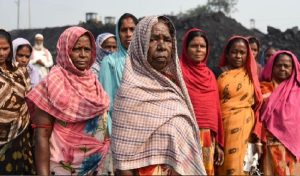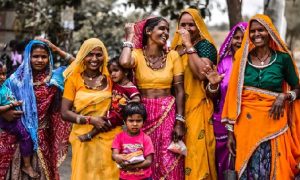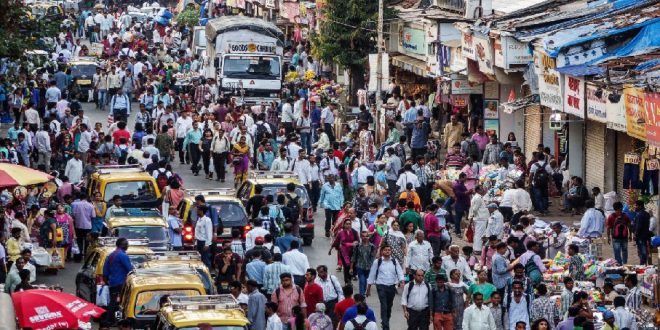15-05-2023
Bureau Report
NEW DELHI: Last month, India surpassed China as the world’s most populous country, prompting analysts to point out the potential benefits of its significant young demographic. However, a major obstacle to realizing this potential is the insufficient representation of women in India’s workforce. The BBC’s Arunoday Mukharji reports.
 When Lavanya Ulaganathan decided to take a break from work in 2014 to have a baby, she felt torn and dismayed but the HR professional from the southern state of Tamil Nadu, who says she was at the “peak of her career” then, was clear that she wanted to spend time with her family.
When Lavanya Ulaganathan decided to take a break from work in 2014 to have a baby, she felt torn and dismayed but the HR professional from the southern state of Tamil Nadu, who says she was at the “peak of her career” then, was clear that she wanted to spend time with her family.
Four years and two children later, she felt ready to re-join the workforce. But finding a job was hard.
She faced repeated rejections, and recruiters also asked her to take massive salary cuts, arguing that she couldn’t expect anything else after taking a break.
“It was a huge setback for my career,” she says.
Ulaganathan is not alone. Nearly half of India’s population is female and yet, the number of working women has fallen to record lows in the past two decades. According to data from the World Bank, the female participation rate in India’s labor force was at its peak in 2000 at 31%. Since then, it has consistently fallen, hitting a low of 21% in 2018.
There are many reasons for this. India is still a largely patriarchal society, where women are expected to be primary caregivers at home. Indian women spend eight times the number of hours on unpaid care work compared with men, according to a national time use survey from 2019. The global average is three times.
 Experts say that safety concerns and not being able to find jobs close to home also prevent women in big cities from joining the workforce.
Experts say that safety concerns and not being able to find jobs close to home also prevent women in big cities from joining the workforce.
After months of searching, Ulaganathan did find a job – as a human resources manager at TVS one of India’s biggest two-wheeler manufacturers.
The company has a scheme for women who are returning to their careers after a professional break it offers flexible working hours, mentoring and training to them.
Ulaganathan said the program helped her find her ground again.
“If you want us to come back with the same energy and enthusiasm, these kind of programs have to be there,” she says.
Official data shows that only 32% of Indian women work after they get married and most of them are part of the agricultural sector.
Ashwini Deshpande, an economics professor and head of the Centre for Economic Data and Analysis at Ashoka University, says that the country needs to create more non-farm opportunities in rural areas so that women can find jobs beyond agricultural work.
 Pressmediaofindia
Pressmediaofindia




